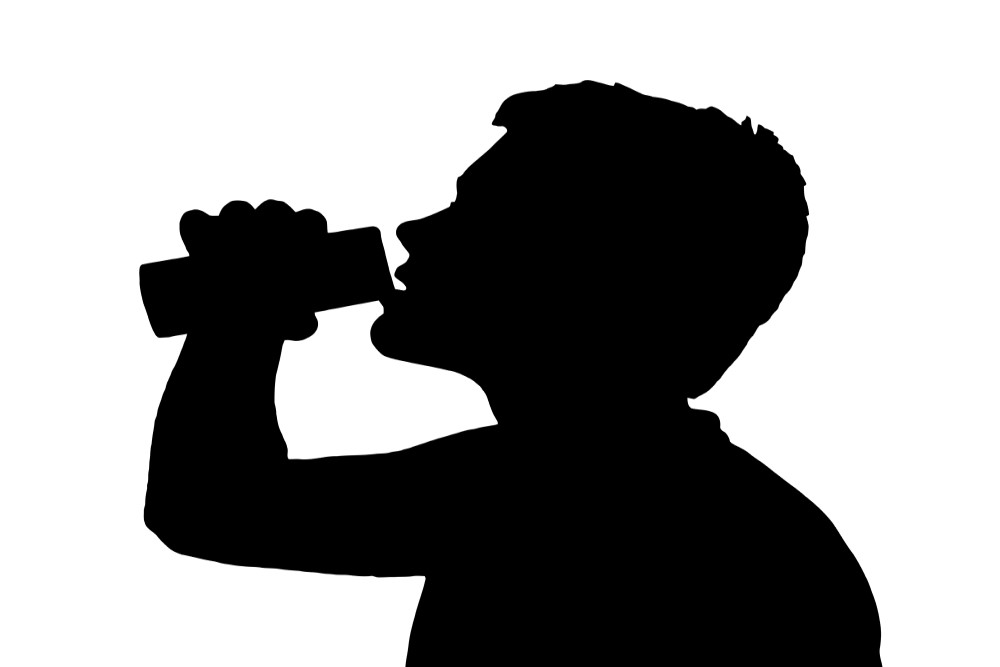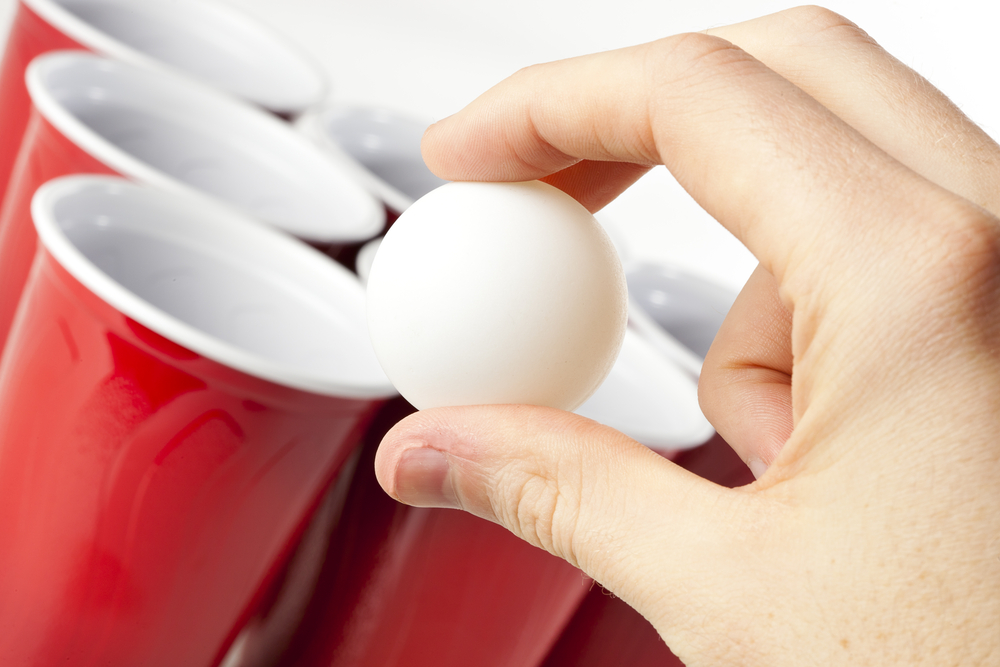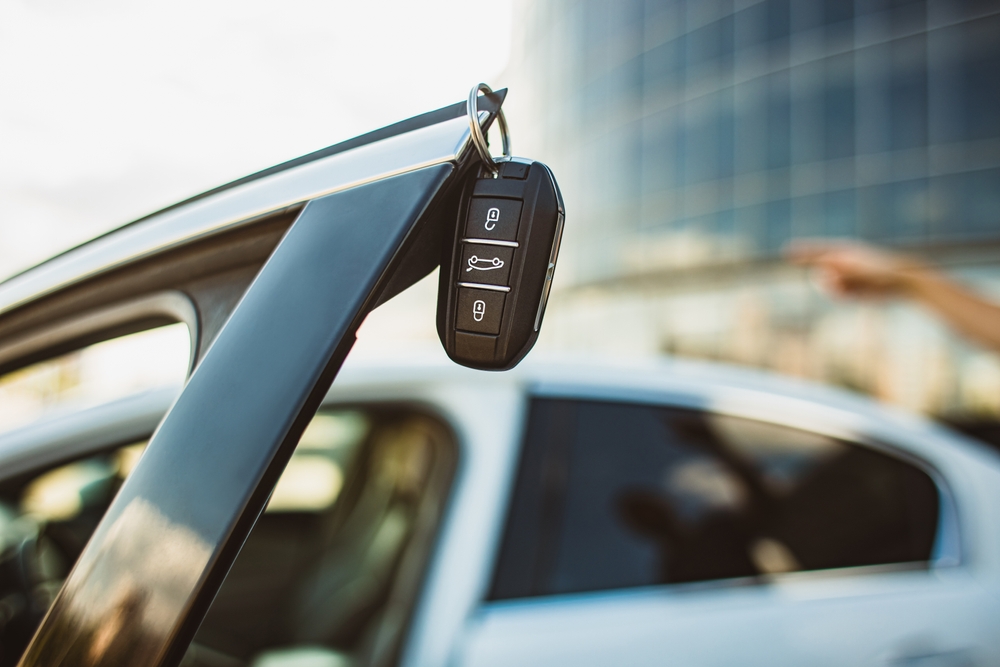3 Dangerous Trends Teens Are Trying with Alcohol

In most cases, following a trend is harmless. When you buy a pair of bell-bottom jeans, they may go out of style quickly, but your life won’t be ruined. Likewise, if you paint your bedroom in this year’s hottest color and later decide you hate it, you can easily repaint. However, when teens decide to try the latest drinking trends, they can suffer serious and long-lasting consequences.
Dangerous Trends in Drinking Alcohol are Not New
You may remember teens playing drinking games, such as Quarters and Beer Pong, when you were younger. Those games are still around, but with the advent of social media, teens being exposed to new ideas about how to consume alcohol.
About 10 years ago, one trend involved inhaling alcohol, and another one, called vodka eyeballing, encouraged teens to put alcohol directly into their eyes. Then, during the COVID-19 pandemic, some posts suggested young people could get drunk from hand sanitizer. For the most part, these dangerous trends didn’t last long, but others have replaced them.
Current Underage Drinking Trends
Most drinking trends are particularly dangerous because they encourage binge drinking, the consumption of multiple drinks within a short amount of time. Here are a few that have been popular recently.
- BORGs (blackout rage gallons): You may be asking, “What is a BORG,” but your teen probably knows the answer. BORGs started gaining popularity on TikTok and other social media sites in the spring of 2023. To complete the “challenge,” a person mixes alcohol, water, and an electrolyte drink mix in a gallon jug. Some teens mistakenly believe that by adding water and electrolytes to the alcohol, they won’t become drunk as quickly and won’t end up with a hangover. In fact, consuming the high concentration and quantity of alcohol in a BORG can cause a person to black out, just as the name implies.
- Rainbow Drink Challenge: This challenge has been around for a few years and goes in and out of fashion. It encourages participants to consume an alcoholic beverage in each of the seven colors of the rainbow in one day or night. These beverages are often sweet, so teens may not realize how much alcohol they’re consuming.
- Sports Watching Challenges: These drinking “games” pop up for major sporting events — the Super Bowl, March Madness, the Olympics, and more. Participants are encouraged to chug beers or drink shots based on different actions occurring during the event, such as points scored or a team’s mascot dancing.
What Are the Potential Repercussions of These Trends?
What may begin as a game or part of a fun night with friends can have serious, far-reaching, or even tragic consequences:
- Health Risks: Underage drinking, especially binge drinking, can lead to alcohol poisoning, a higher likelihood of accidents or injuries, impaired brain development, and an increased risk of developing a substance use disorder later in life.
- Legal Troubles: North Carolina has a zero-tolerance policy for underage drinking. Anyone under 21 caught purchasing, consuming, or possessing alcohol will be charged with a Class 1 misdemeanor. Anyone under 21 who drives after drinking will have their license revoked. Worse still, driving under the influence of alcohol could lead to a life-altering accident for all involved.
- Academic Problems: Hangovers or impaired brain function may negatively impact school performance and future opportunities.
- Social and Emotional Issues: Teens often behave in risky or offensive ways when they consume alcohol. That behavior can lead to strained relationships, social isolation, low self-esteem, anxiety, or depression.
Talking With Your Child About Dangerous Trends
Talking with your tween or teen about alcohol and drinking trends may feel uncomfortable, but it’s essential. These tips will help you approach the conversation effectively:
- Choose the right moment. Pick a calm and private setting where you’re both relaxed and can talk without interruption.
- Focus on facts, not fear. Explain the effects of alcohol on the teenage brain. Help your teen understand how trying these trends could potentially damage their physical and mental health, relationships, and future.
- Listen actively. Create a safe space for dialogue by encouraging your child to express their views and concerns. Let them know you care about their health and safety and are there to listen without judgment (as much as possible).
- Emphasize shared values. Connect the conversation to broader family values like responsibility, safety, and respect. Encourage them to be themselves even if it means rejecting peer pressure, think critically about the consequences of their actions, and make decisions that prioritize their health and future well-being.
- Set clear expectations. Establish clear rules and boundaries about alcohol use and adhere to them.
- Create an X-Plan: Establish a code word or simply use the letter “X” as a text your child can send you if they find themselves in a risky situation and feel pressured to participate in a dangerous drinking trend or any type of underage drinking.
Visit the Talk it Out NC Website for More Information
If you need more tips to help you Start the Conversation with your child about alcohol, or if you think they have already begun using alcohol, Talk it Out NC is here to help. Check out our extensive resources today.



